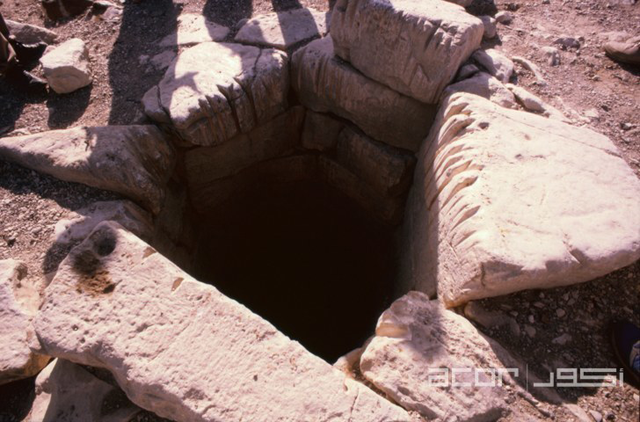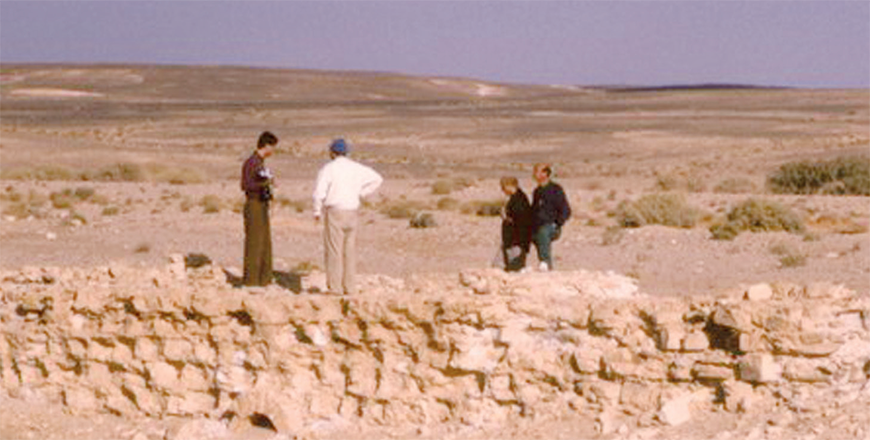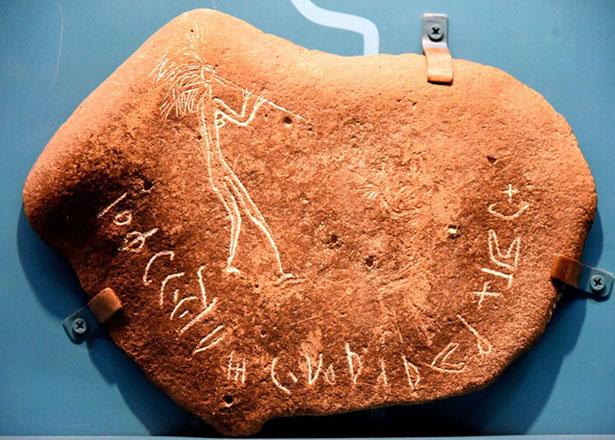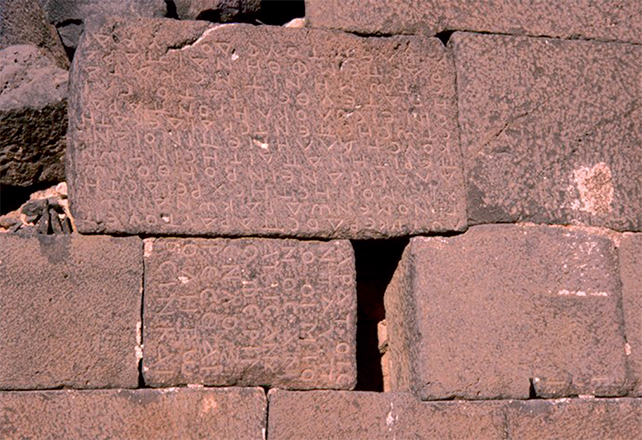You are here
Scholar examines ancient graffiti from Bayir
By Saeb Rawashdeh - Oct 24,2022 - Last updated at Oct 24,2022

Bayir , located in southeast Jordan, has a number of Nabataean, Greek, Roman and Arabic inscription (Photo courtesy of ACOR)
AMMAN — During the Arab Revolt in 1917, T.E. Lawrence used Bayir (in south-eastern Jordan) as a base for departure and retreat in several military operations. The first archaeological survey of the area was led by Henry Field during the British Mandate, said a French epigraphist at the 15th International Conference on the History and Archaeology held at Yarmouk University in Irbid.
“The purpose of this paper is to give a detailed overview of the inscriptions which were discovered in the area of Bayir in the surveys conducted by the Institute of Archaeology and Anthropology of Yarmouk University and by the Italian ISMEO of Rome in the 1990’s,” said Pierre-Louis Garier.
The scholar added that Bayir, situated in the steppe at the head of Wadi Bayir leading to Wadi Al Sirhan, is well-known for its wells.
A collection of about 300 inscribed stone blocks and pebbles from the site of Bayir and the surrounding area are kept at Yarmouk University, Gatier continued, adding that some of them, bearing Semitic graffiti, have been published by the late Fawwaz Al Khraysheh and by Professor Hani Hayajneh.
The first archaeological surveys were conducted in 1927/28. Nelson Glueck (1900-1971) visited the site in 1932, and was the first to take interest in ceramics, Gatier said, adding that the remains of the castle were destroyed between 1928 and 1932.
“Two visits by the epigraphic section of Yarmouk University took place in 1988 and 1989, and the first systematic survey in June 1990,” said Gatier, noting that 18 north Arabian inscriptions, a Nabataean short text and four graffiti inscriptions in Greek and Latin have been collected and prepared for publication.
In June 1993, two limestone slabs with Latin graffiti and an additional two with Greek inscriptions have been published by Jacqueline Calzini Gysens, Gatier underlined, adding that 64 north Arabian texts were recorded, three Nabataean graffiti, a bilingual Nabataean-Safaitic inscription, five short Greeco-Latin graffiti and several short texts from the Islamic period, some in Kufic Arabic.
“Graffiti reveal the presence of the Roman troops at Bayir who served as a desert patrol. Further research will tell whether this is the legacy of the Nabataean period, or whether the presence of the Roman troops was permanent or occasional,” Gatier said.
Related Articles
AMMAN — Bayir was a water station and an old caravan post located in south-eastern Jordan.
AMMAN — Ancient inscriptions found in the Eastern Desert reveal relations between Nabateans and bedouin tribes and depict daily life as well
AMMAN — The Jordan Museum, located in a very busy area of Ras Al Ain, is home to many inscriptions from various parts of the country.



















